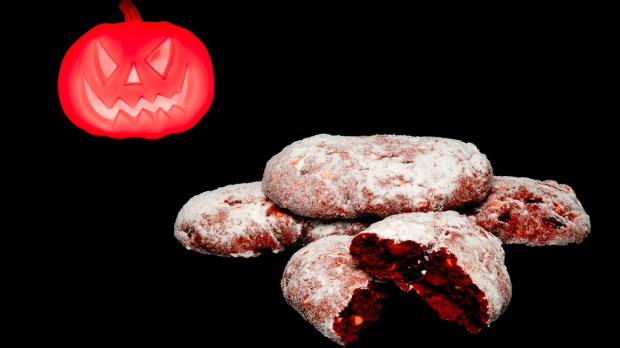Every year, children eagerly await Halloween to dress up in scary costumes and get plenty of chocolate and candy. Well before Halloween celebrations made their way to Italy from the United States, however, children in Northern Italy would eagerly wait for the second day of November to get a seasonal treat linked to Catholic festivities.
For centuries, local families and bakeries would celebrate All Saints Day and All Souls Day with “pan dei morti,” or bread of the dead. Made of cookie crumbles, flour, pine nuts, chocolate and cinnamon, this crumble-like bread has deep roots going back to at least the 15th century.
November 1 was declared a day of remembrance of All Saints in 835. The holiday was officially proclaimed by the Holy Roman Emperor Louis the Pious, Charlemagne’s son, at the initiative of Pope Gregory IV. A few centuries later, a second day of remembrance was added to the calendar.
Most sources trace the birth of All Souls Day to the establishment of a day of general intercession by Odilo, Abbot of Cluny, during the 11th century. By the 13th century, All Souls Day, also known as Commemoration of All the Faithful Departed, had practically become a universal celebration for Catholic communities.

Since then, Catholics have observed an annual day of remembrance of the dead on November 2. In Northern Italy, part of the celebrations included preparing a special bread for the occasion.
According to local traditions, the souls of the dead would come back to their homes on the night between November 1 and 2, so families would leave water and bread to re-fuel the souls from the long journey back from the otherworld.

Written records tracing back to the 14th century mention a special bread – which over the course of the years became known as “bread of the dead” – made in this part of the country in preparation for All Souls Day. Records suggest that this sweet crumble-like bread was made with seasonal ingredients (like walnuts, pine nuts, and dried fruits) to be symbolically offered to the dead as well as to friends and family.
In some parts of Northern Italy, the “bread of the dead” tradition included a sort of local “trick or treat,” in which children went from house to house asking for pan dei morti as well as nuts and dried fruits.
Today, bakeries in Milan and surroundings still sell pan dei morti during the weeks leading up to All Souls Day and many local families gather ingredients needed to bake this centuries-old treat at home.
Recipe
To make pan dei morti, you need 1 cup of flour, 100 grams of raisins, ½ cup of crushed cookies, a handful of dried almonds, ½ a glass of white wine, ½ cup of dried figs, 3 egg whites, 1.6 cups of sugar, 1 tablespoon of baking soda, ¼ tablespoon of cinnamon and ¼ cup grams of powdered sugar.
First, crumble the cookies into a bowl. Then add the raisins, crushed dried almonds, and figs. In a separate bowl, mix the flour with baking soda and cinnamon. Add the crushed cookies, nuts and dried fruit to the mix. Slowly add the white wine as you keep mixing.
Let the dough rest for 40 minutes, then separate it into two loaves. Place them on a buttered sheet pan, and into the oven at 350 degrees. Bake for 45 minutes or until the loaves are crunchy on the outside, but soft on the inside. Add powdered sugar and serve!



